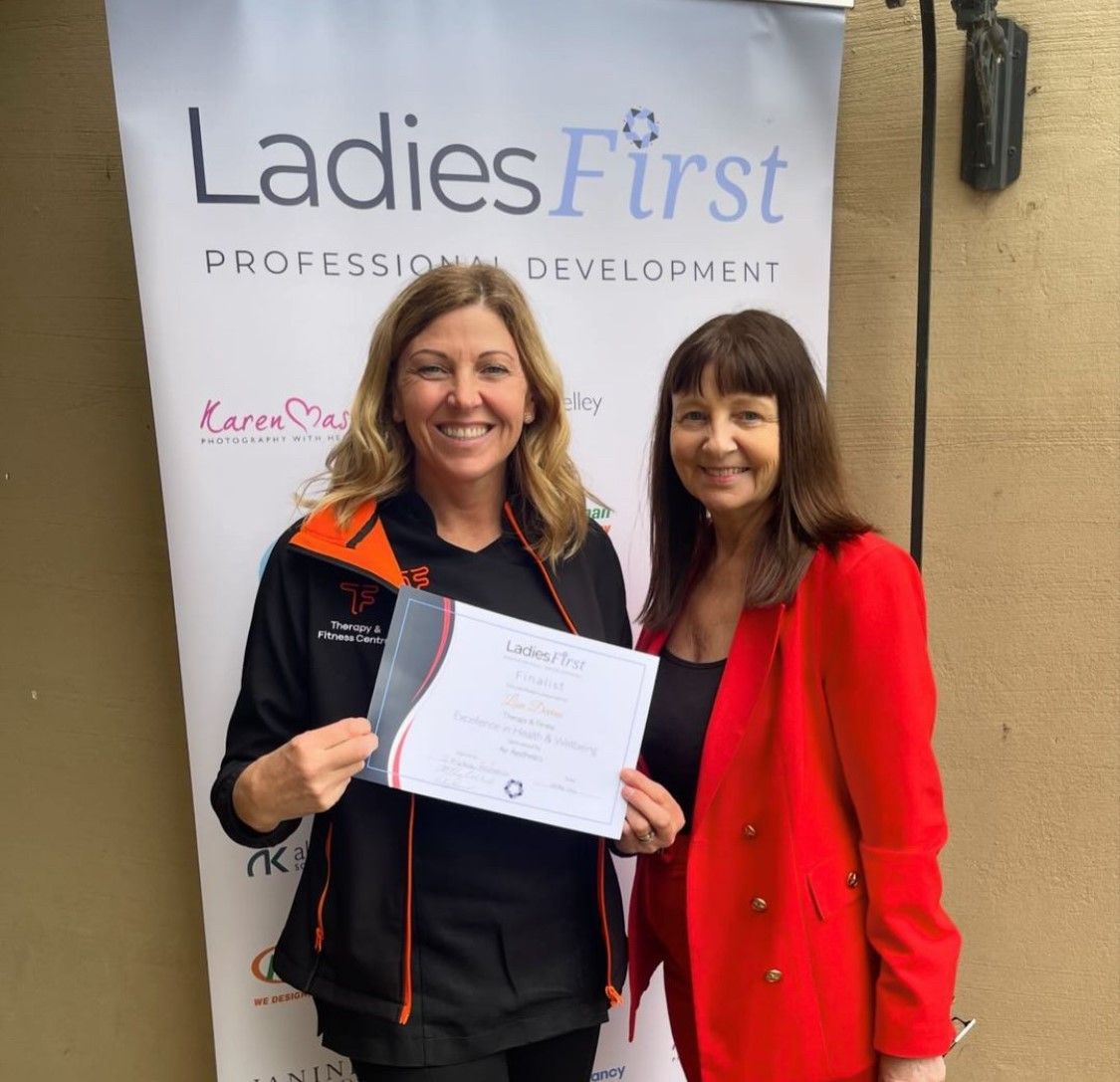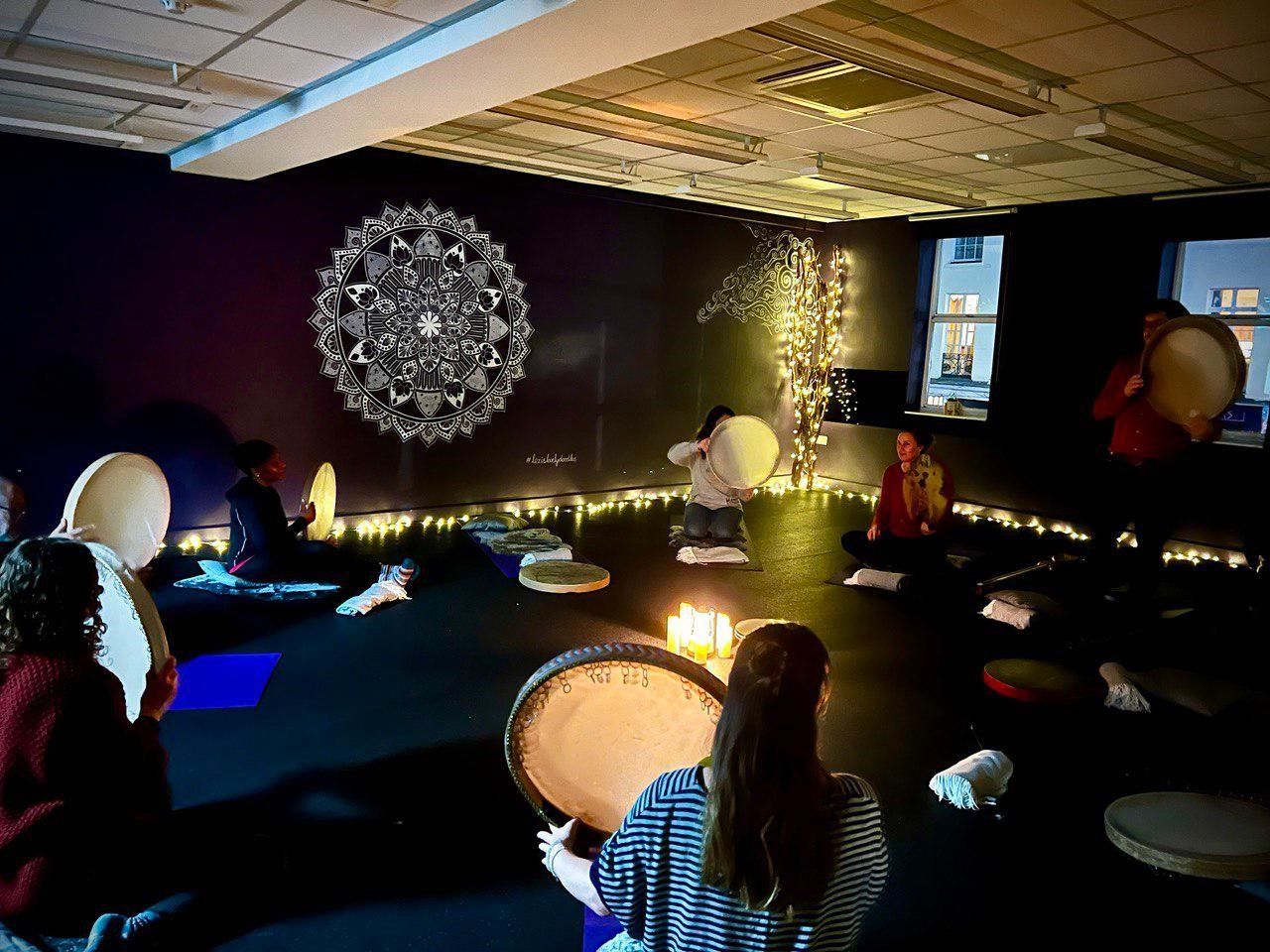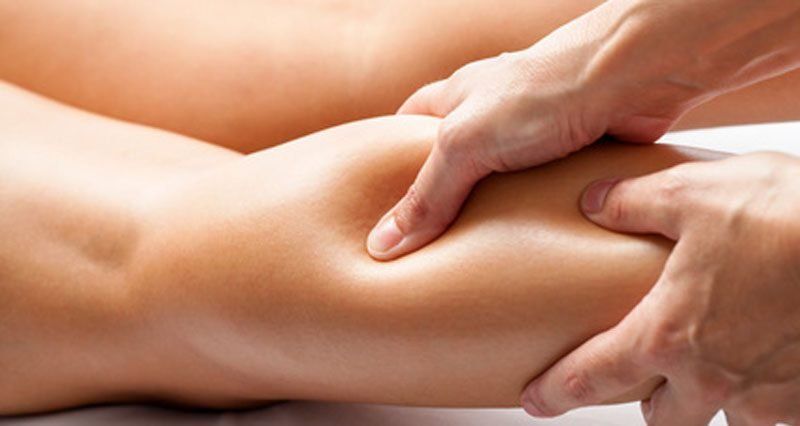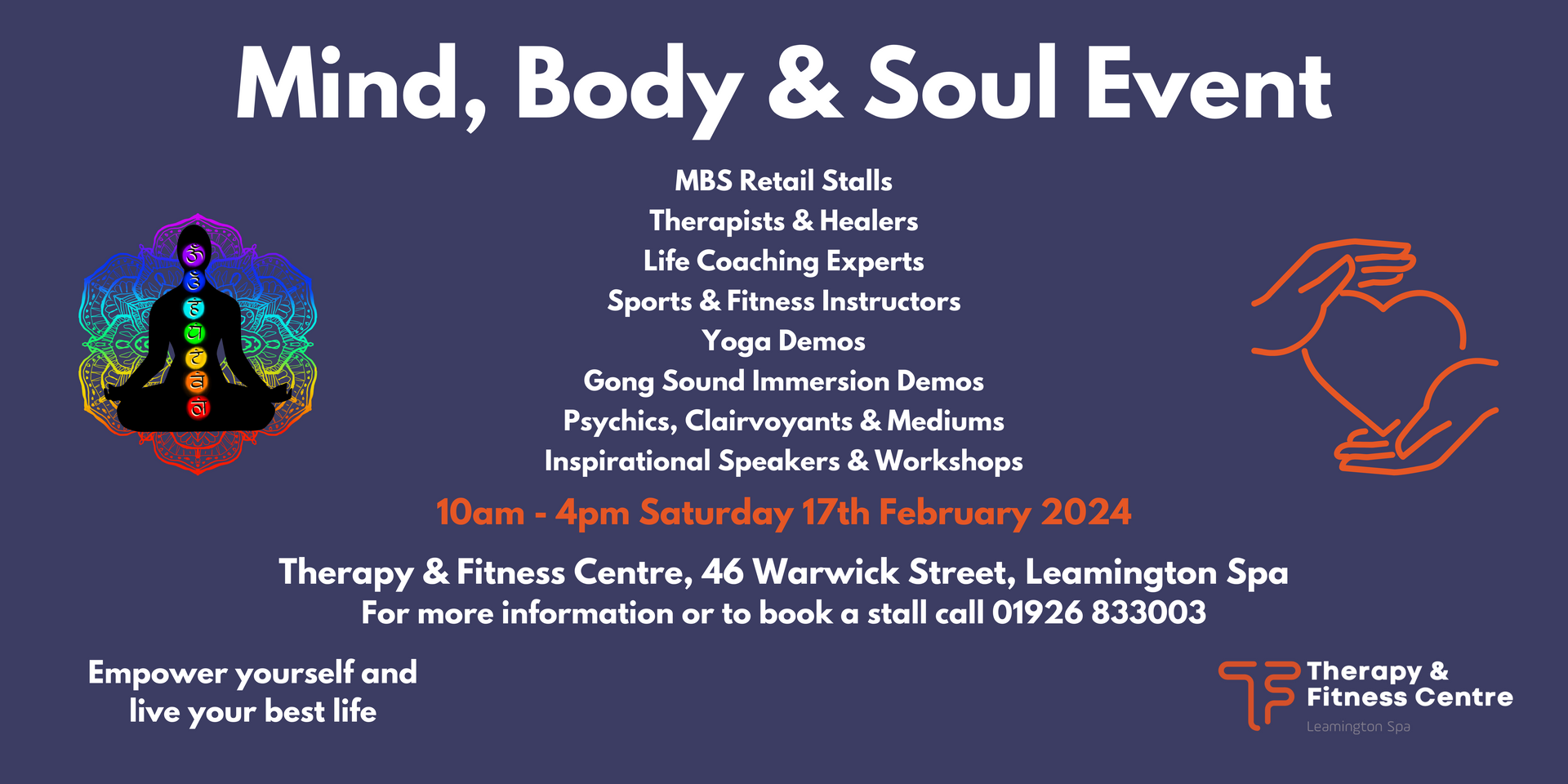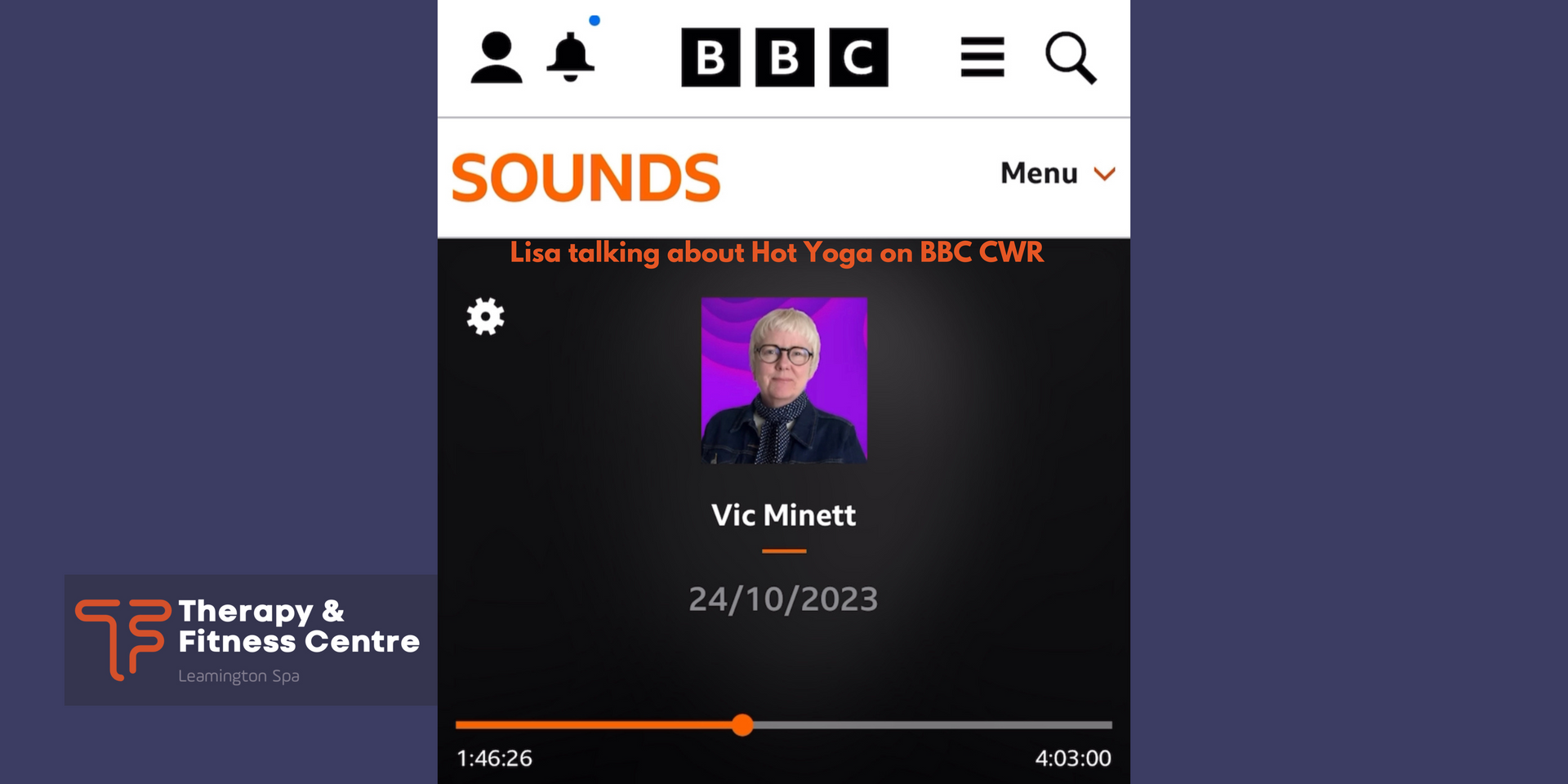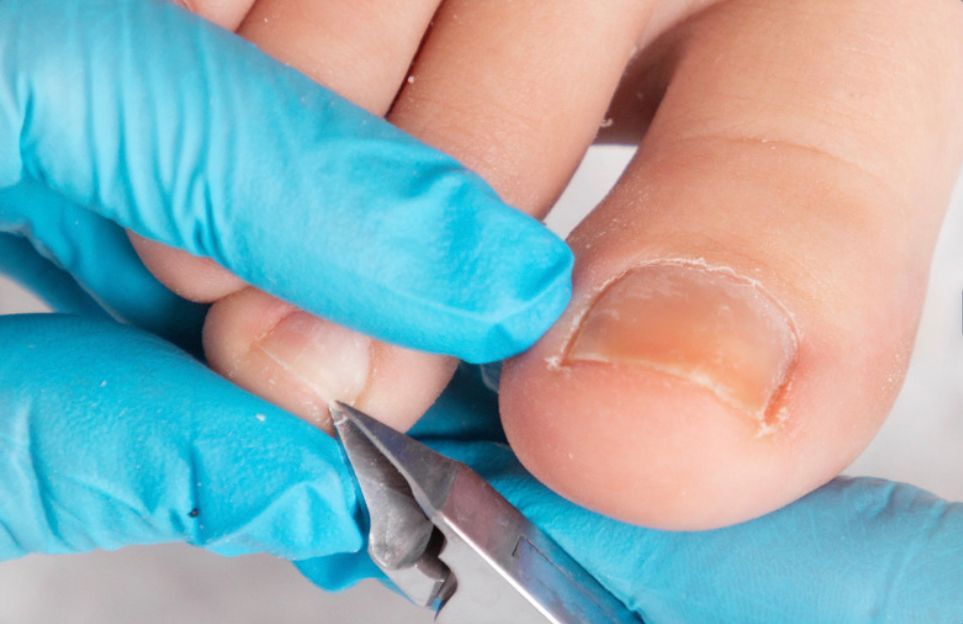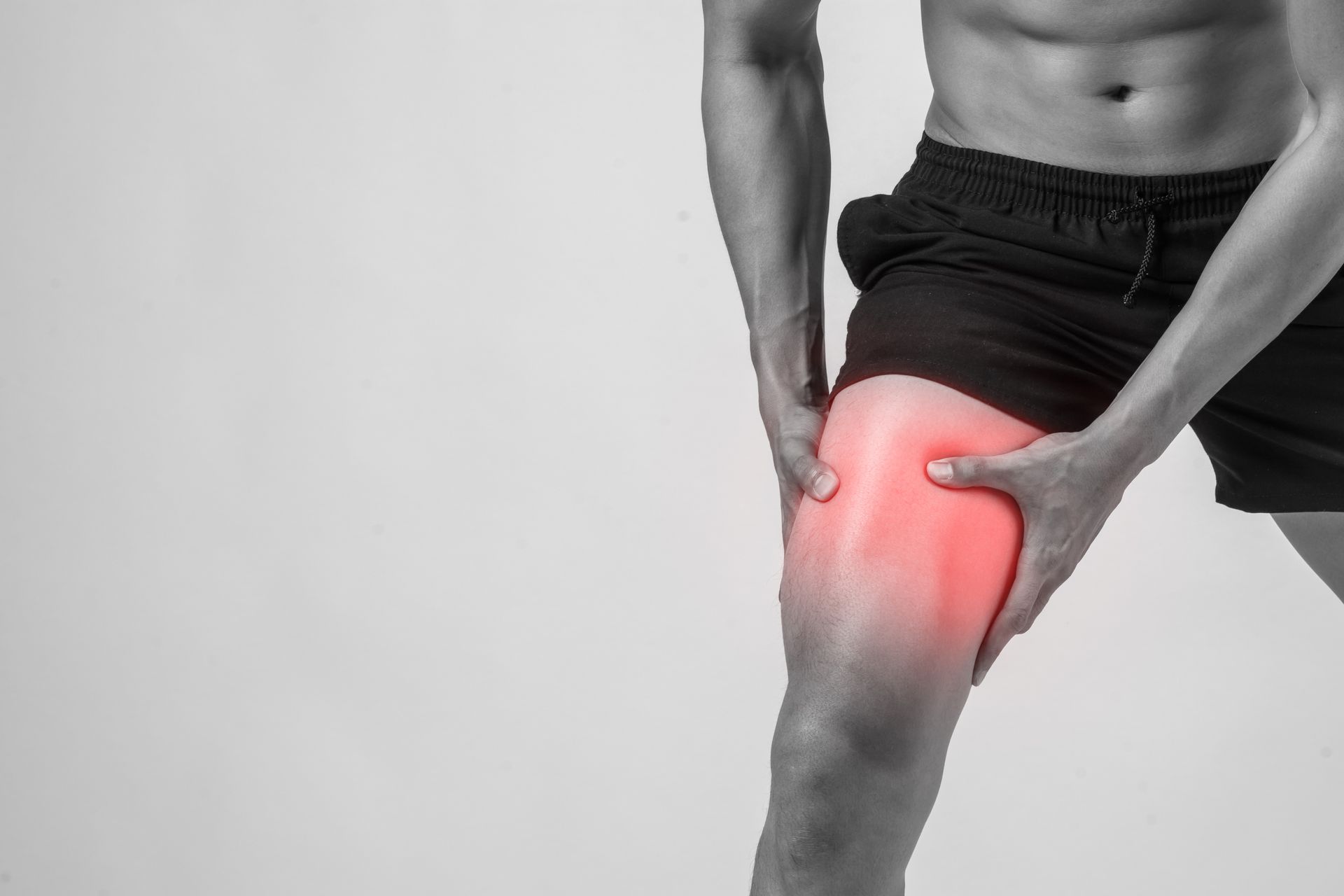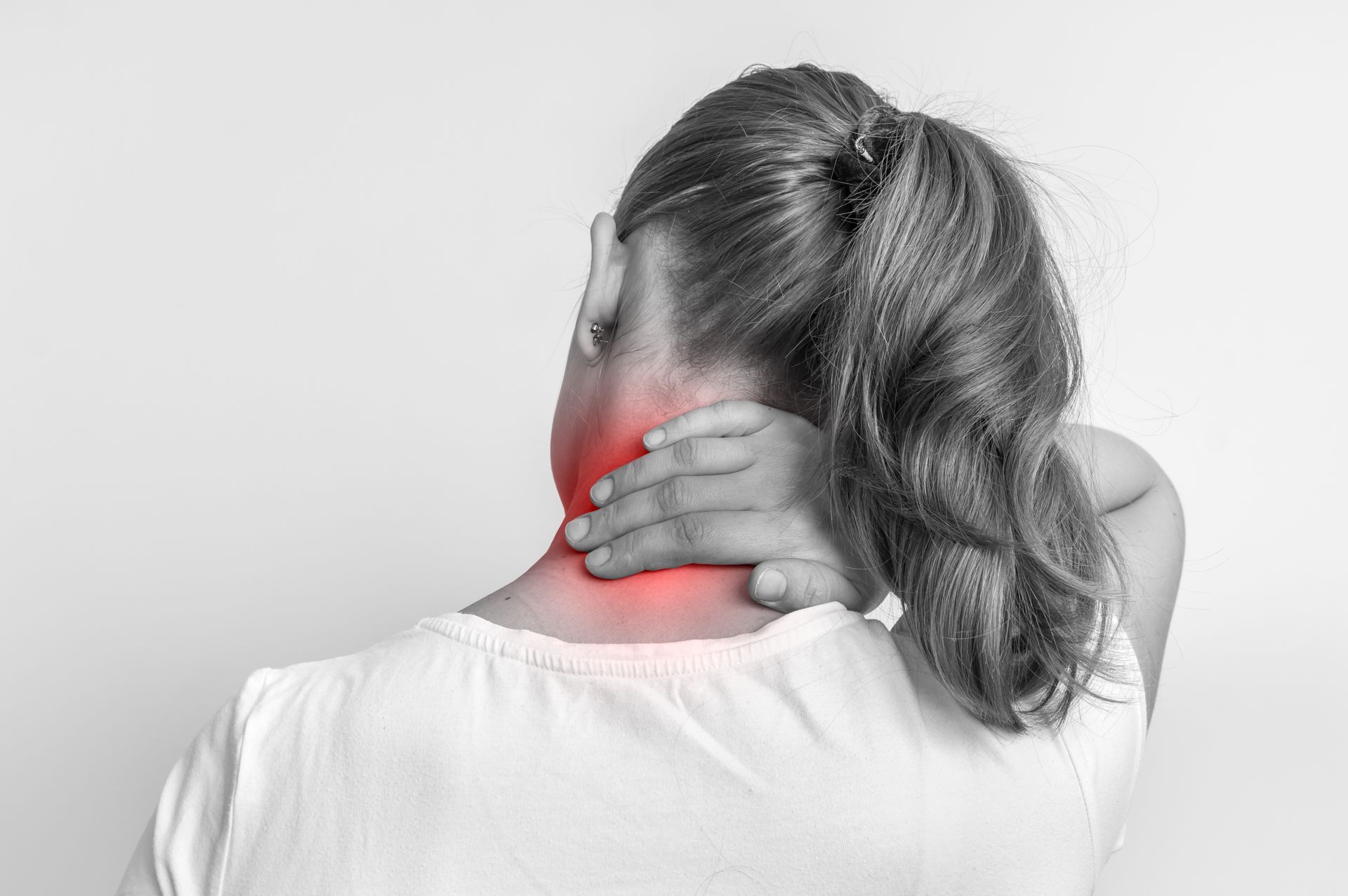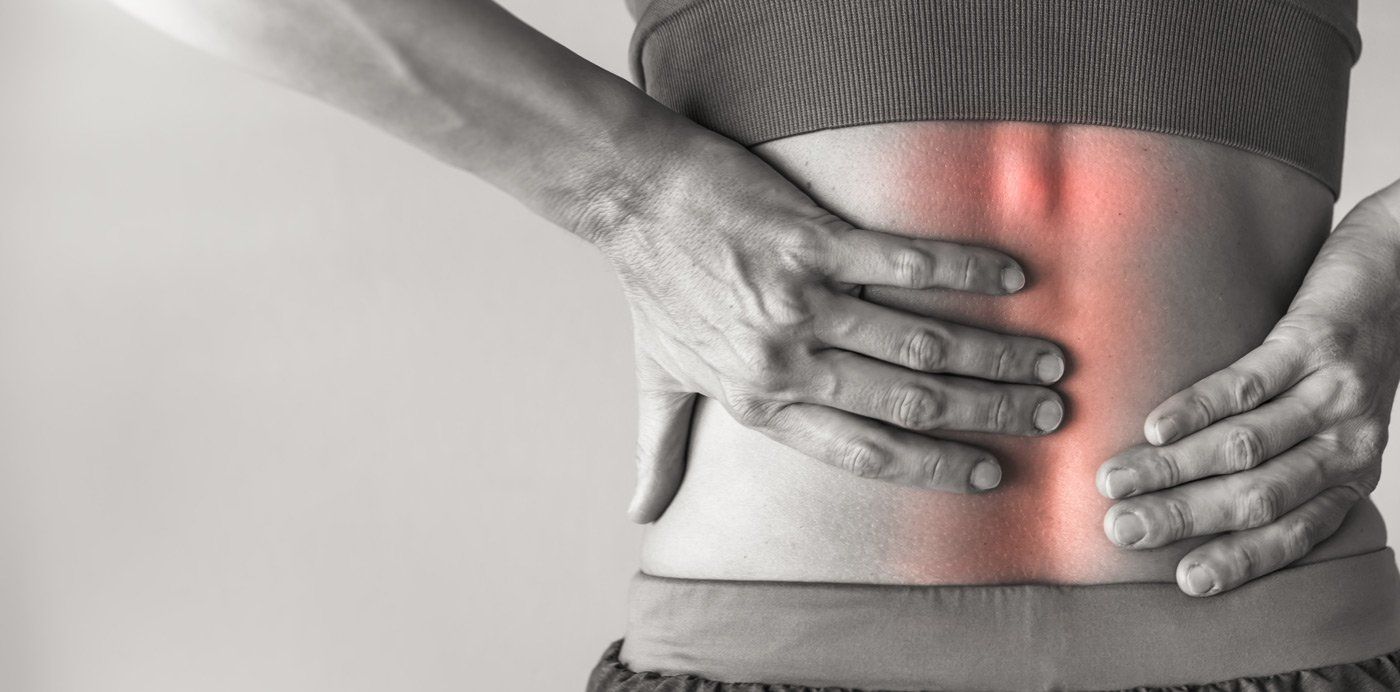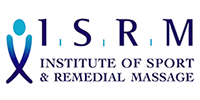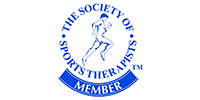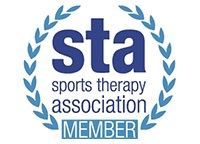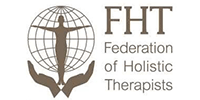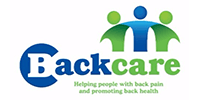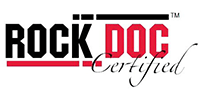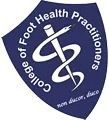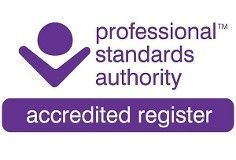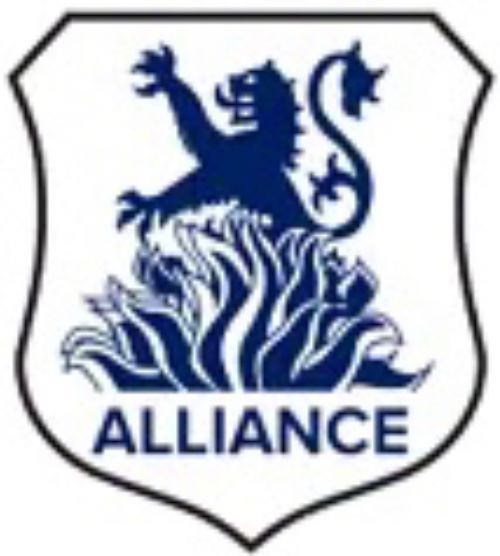Pregnancy Massage: What You Need to Know
What is Pregnancy Massage?
Pregnancy massage is a soothing and balancing massage that is designed to ease the aches and pains caused by changes in posture, joint strain and muscle tension during pregnancy.
Prenatal massage should only be carried out by a trained professional and at Leamington Spa’s
Therapy and Fitness Centre, our experienced
massage therapists have been delivering pregnancy massages for nearly a decade.
When is it Safe to Get a Pregnancy Massage?
It is generally considered safe to get a pregnancy massage from the second trimester as long as it has been approved by a medical professional.
Why Should I Get a Pregnancy Massage?
Prenatal massage comes with a wide range of benefits for pregnant women including:
- Improved circulation and oxygenation of muscles and soft tissues
- Reduced stress and muscle tension
- Release of dopamine which is known to improve the health and wellbeing of both the mum and her baby
- Sciatic pain release
At every stage of pregnancy, you should seek a pregnancy massage over alternatives as it uses gentler techniques and is tailored to the individual mother’s needs making it much safer than a regular massage.
Pregnancy Massage Techniques
Pregnancy massage can be a mixture of deep tissue, Swedish and sciatic techniques depending on the needs of the individual mother. They will usually consist of sweeping motions over the muscles or gentle stretches aimed at realignment of joints and ligaments to improve ease of mobility.
Always consult with a medical professional before contacting a massage therapist during pregnancy so they can create a massage plan that is safe for you.
What are the Benefits of Pregnancy Massage?

Pregnancy massage helps prevent:
- Backache and pelvic joint pain
- Constipation
- High blood pressure
- Indigestion and heartburn
- Insomnia
- Stretch marks
- Swollen ankles
- Sciatic nerve pain
- Muscle tension
When is Massage Not Safe During Pregnancy?
Massage therapists may be reluctant to carry out pregnancy massage during the first trimester due to the increased risk of miscarriage, but this depends on the mother’s needs. Similarly, massage therapists may wish to avoid massaging women who are experiencing morning sickness as massage can trigger dizziness at this time.
If your practitioner has advised against pregnancy massage for any reason, then it is important to listen. If pain persists, then consider asking them for alternative methods of pain relief.
Massage During Labour
Massage has been known to vastly reduce the stress caused by labour, and some midwives will encourage your partner to deliver massage during this time.
Every woman is different, so if you wish for a
massage during labour, or the massage is making you uncomfortable, it is important to communicate this with your midwife or partner.
Should you wish to enquire about the pregnancy massage services at Leamington Spa’s
Therapy and Fitness Centre, please don’t hesitate to get in touch.
Sign up to our newsletter to receive £5 off your first treatment.
01926 833003 | info@leamingtontherapycentre.co.uk
